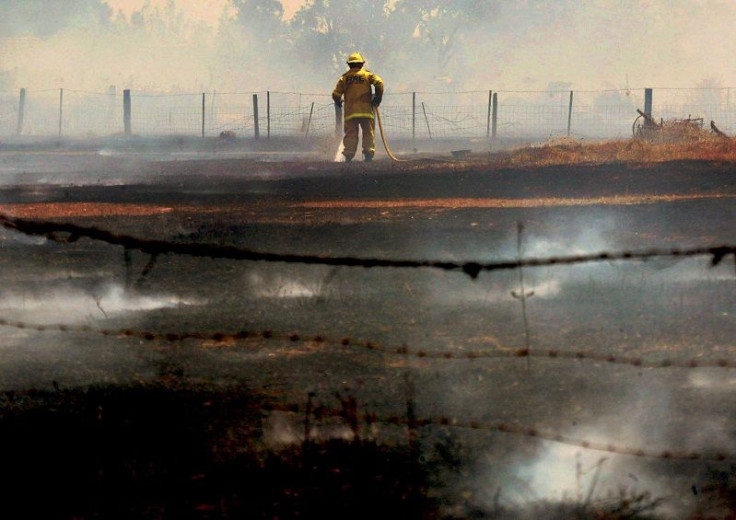Société Genéralé: Nickel Is the Best Commodity During El Niño

Commodity markets are bracing themselves for the El Niño phenomenon, a cyclical meteorological occurrence associated with above average water temperatures in the central and eastern Pacific region, like Southeast Asia and Australia.
El Niño last emerged from 2009 to 2010, causing droughts and damaging crops in Australia and Southeast Asia, thereby wreaking havoc on agricultural commodity prices. "Potential shocks to commodities markets tend to shape the risk profiles of market participants," Mark Keenan head of commodity research for Asia at Société Genéralé, said. The French multinational financial firm suggested that eight of the 11 commodities most sensitive to El Niño are agricultural ones — cocoa, coffee, cotton, soybeans, soymeal, soy oil, sugar and wheat.
With El Niño predicted to last for at least six months to two years, farmers in Australia are among those who are likely to feel the most pain. The country has suffered significantly lower rainfall for the 2012 to 2013 season and below average precipitation in 2013 to 2014.
But among all the commodities affected, it seems that nickel will emerge as the best performer of them all, according to Société Genéralé. Based on historical data, while the typical El Niño-sensitive commodity gains an average of 3.2 percent during outbreaks of the weather pattern, nickel gains an average of 13.9 percent. It is also a more reliable gainer in 71 percent of El Niño periods compared with an average of 49 percent for all 11 commodities.
After all, mining has always been affected by El Niño, as droughts in top nickel and copper producer Indonesia in the past have led to output drops because of affected hydroelectric power generation facilities and lower water levels of inland waterways essential for ore transportation.
But not all nickel mines are susceptible to the El Niño phenomenon. For instance, the Kun-Manie nickel deposit operated by Amur Minerals Corporation (London AIM: AMC) is located in the cold regions of the Russian Far East, making it capable of producing the estimated 67 million tons of nickel that could be mined in the area.
Some investors are also a bit hesitant to react on the latest El Niño forecast after the false alarm in 2014, when weather forecasters warned of a potential development of El Niño, which never came. "Some commodity market participants are suffering from 'the boy who cried wolf' effect," said Jonathan Parkman, co-head of agriculture at commodities brokers Marex Spectron, adding that as a result, people tend to take El Niño less seriously.
Contact the writer: a.lu@ibtimes.com.au




















